
The Igarapé Institute uses cookies and other similar technologies to improve your experience, in accordance with our Privacy Policy and our Terms of Use, and by continuing to browse, you agree to these conditions.



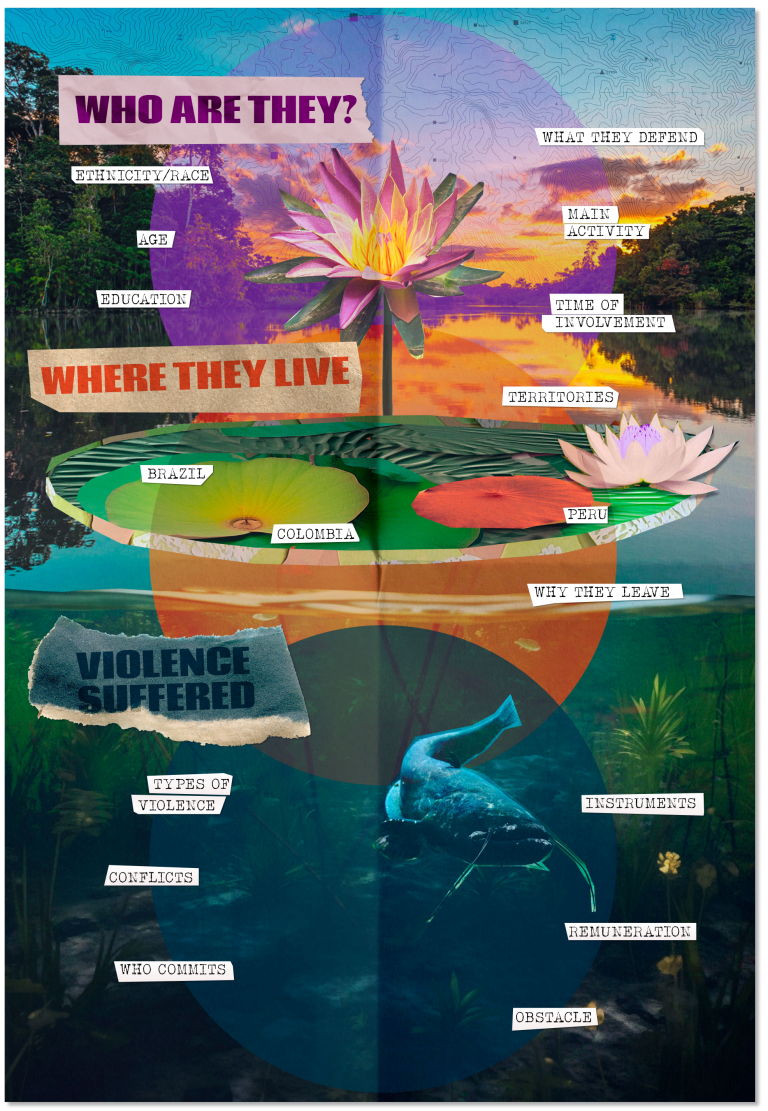
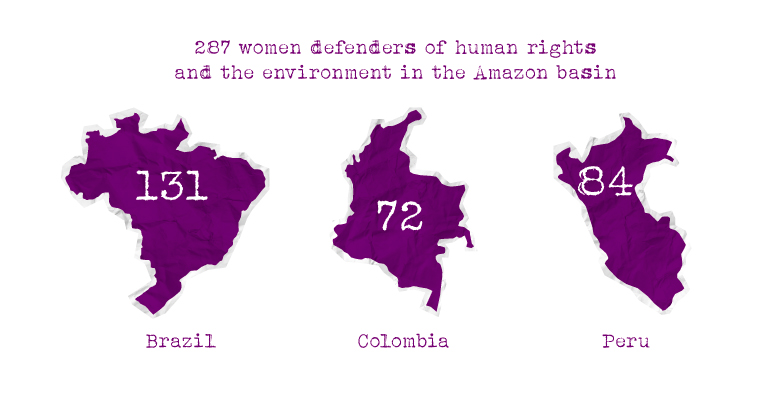 They are what is called a "hidden population." They are a hard-to-reach group, with unknown size and members. The Igarapé Institute's 2021 survey shows that a significant portion of them do not recognize themselves as defenders.
They are what is called a "hidden population." They are a hard-to-reach group, with unknown size and members. The Igarapé Institute's 2021 survey shows that a significant portion of them do not recognize themselves as defenders.
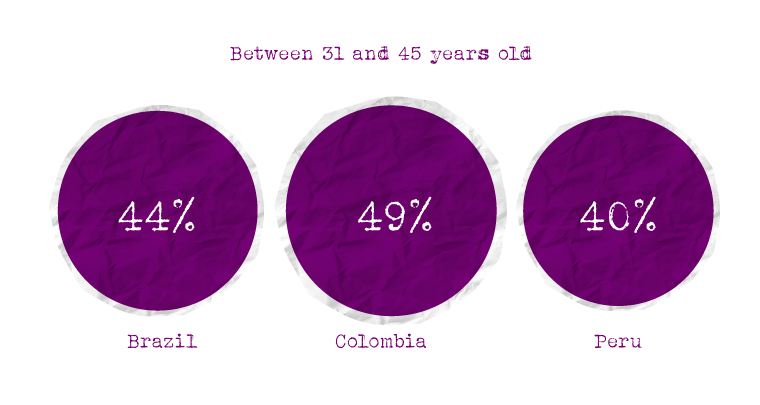 In all three countries, the predominant age group reveals adult women in their economically active years.
In all three countries, the predominant age group reveals adult women in their economically active years.
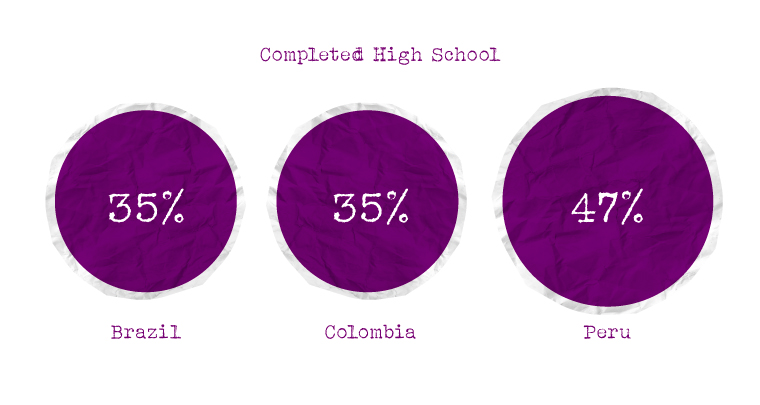 The level of high school education indicates the importance given to education. Of the women surveyed in Brazil, 24% have completed higher education, and 26% are currently pursuing or have completed post-graduate studies.
The level of high school education indicates the importance given to education. Of the women surveyed in Brazil, 24% have completed higher education, and 26% are currently pursuing or have completed post-graduate studies.
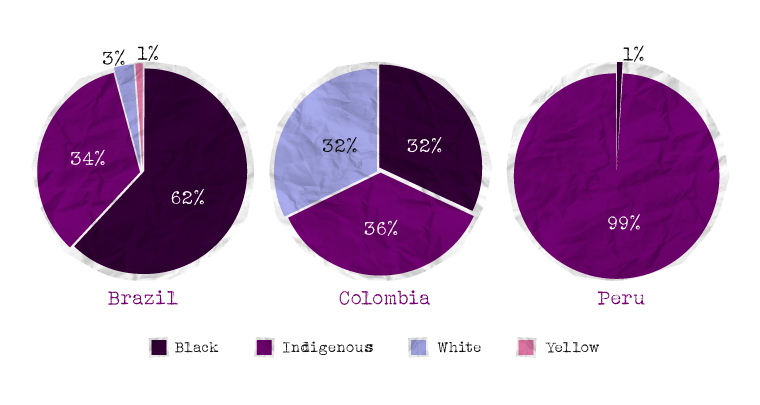 The defenders interviewed reflect the diversity of the various Amazon regions. In Brazil, the majority are black. Colombia balances the three ethnic-racial identities, and in Peru, almost all are indigenous.
The defenders interviewed reflect the diversity of the various Amazon regions. In Brazil, the majority are black. Colombia balances the three ethnic-racial identities, and in Peru, almost all are indigenous.
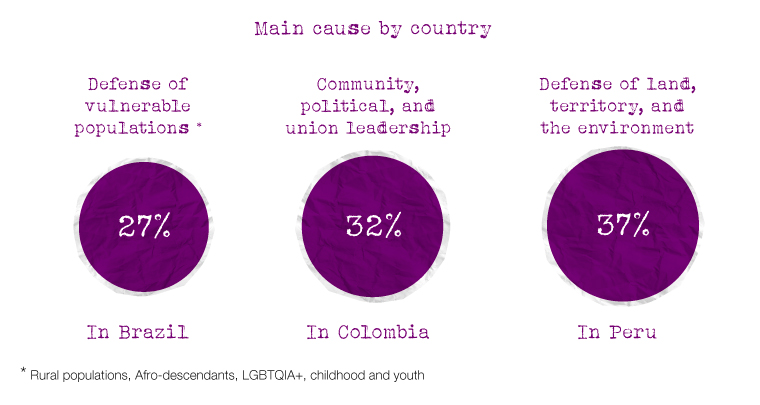 The causes of the defenders that stand out in each country reflect the struggles of local populations. The defense of land and its people is their common point of union.
The causes of the defenders that stand out in each country reflect the struggles of local populations. The defense of land and its people is their common point of union.
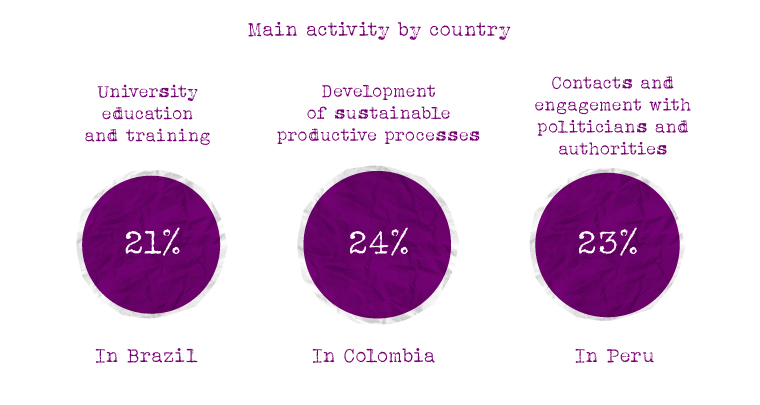 Teachers, agricultural technicians, political organizers, caregivers – the defenders engage in multiple professions, often not recognized as such.
Teachers, agricultural technicians, political organizers, caregivers – the defenders engage in multiple professions, often not recognized as such.
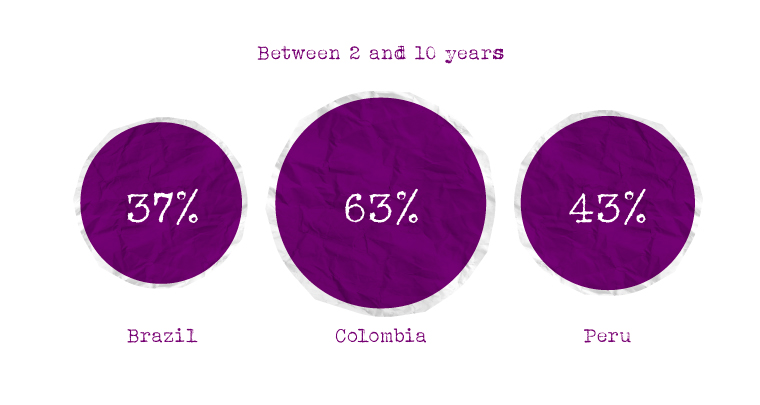 A significant portion of the women interviewed have been involved for less than 10 years, as they are between youth and middle age.
A significant portion of the women interviewed have been involved for less than 10 years, as they are between youth and middle age.
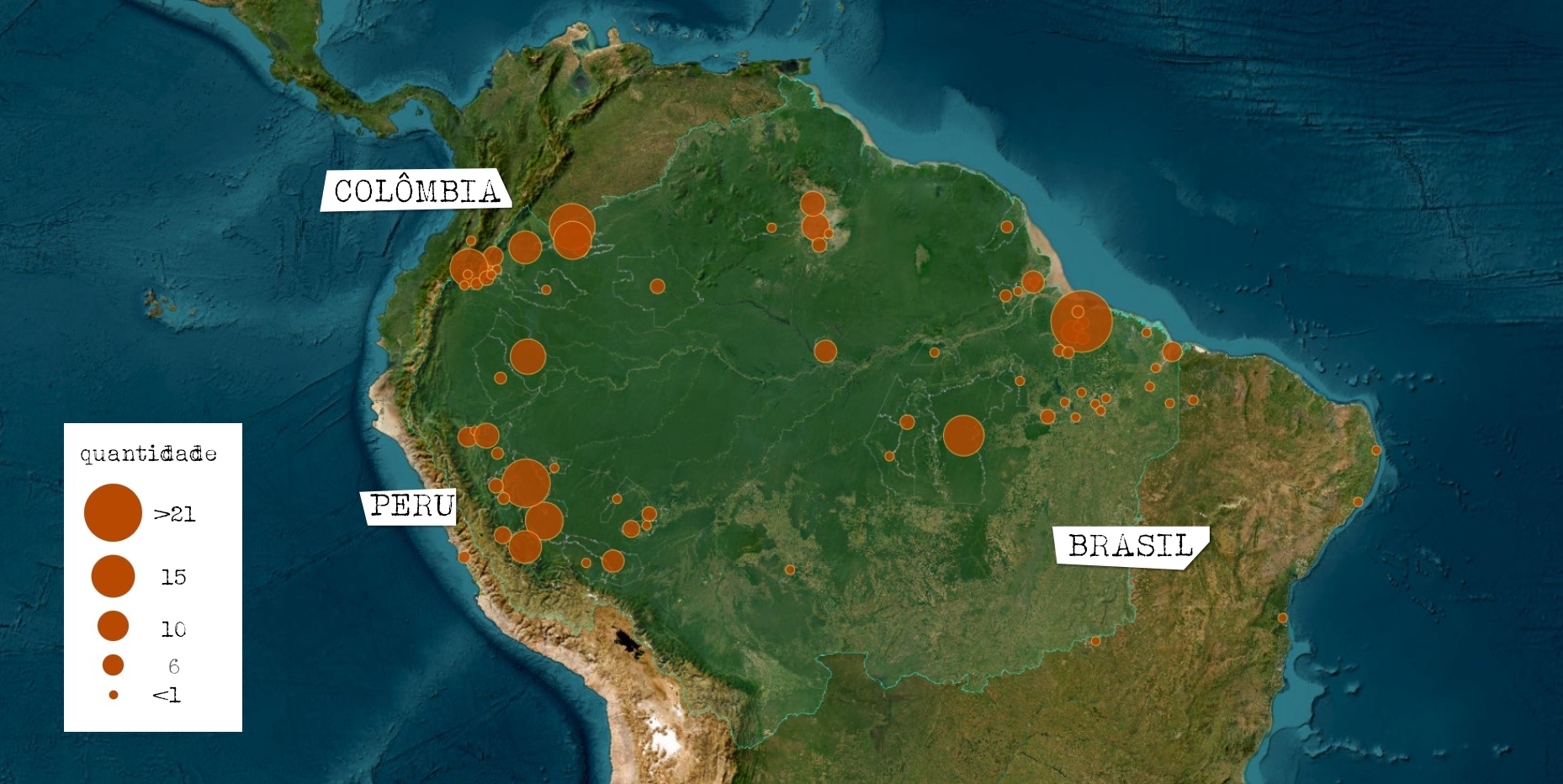 There are defenders who roam and live in the deep forest, there are those who are in the countryside fighting for agrarian reform. Others live in urban areas closely linked to the ecosystem of environmental crime that threatens the Amazon.
There are defenders who roam and live in the deep forest, there are those who are in the countryside fighting for agrarian reform. Others live in urban areas closely linked to the ecosystem of environmental crime that threatens the Amazon.
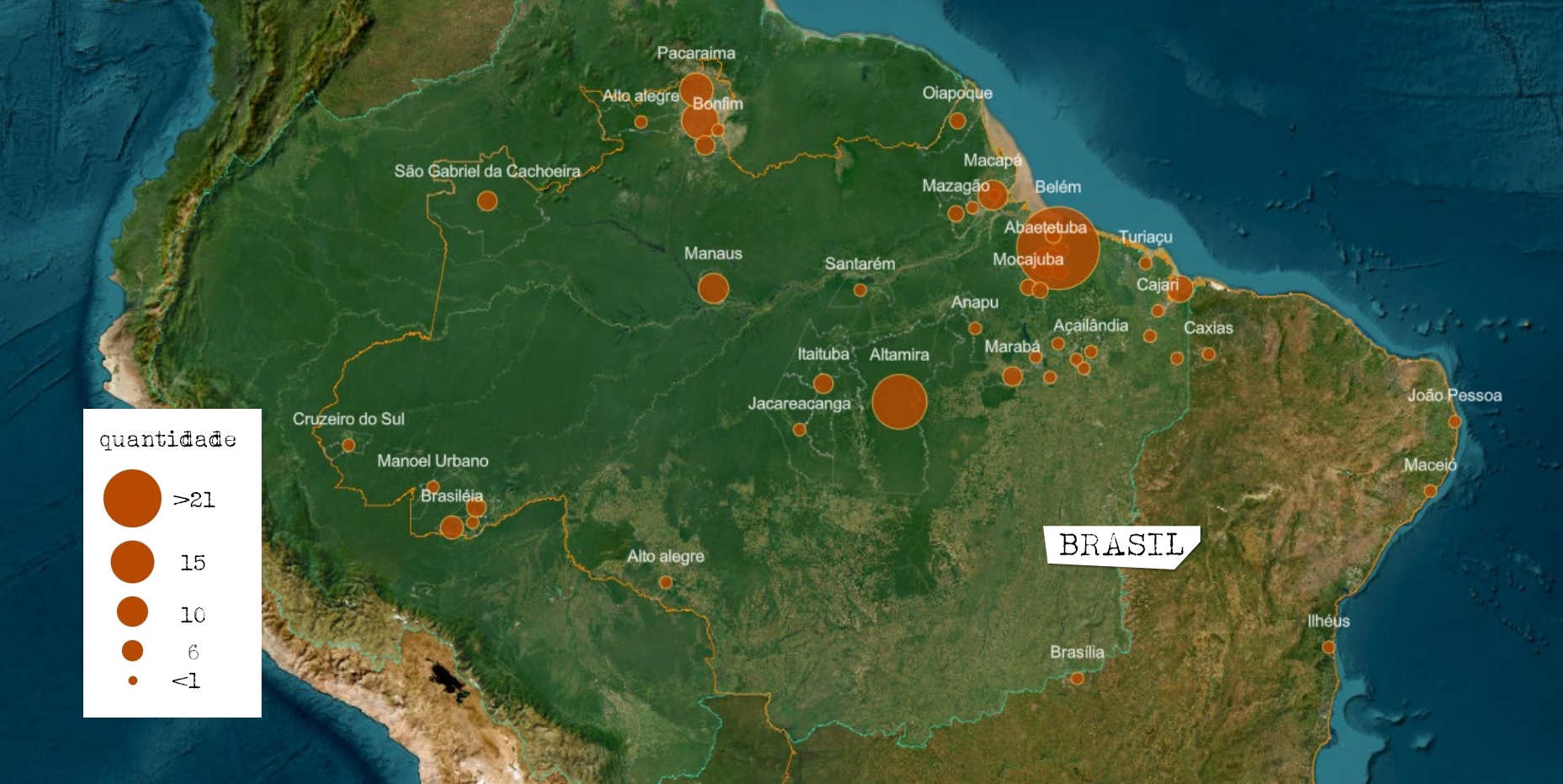

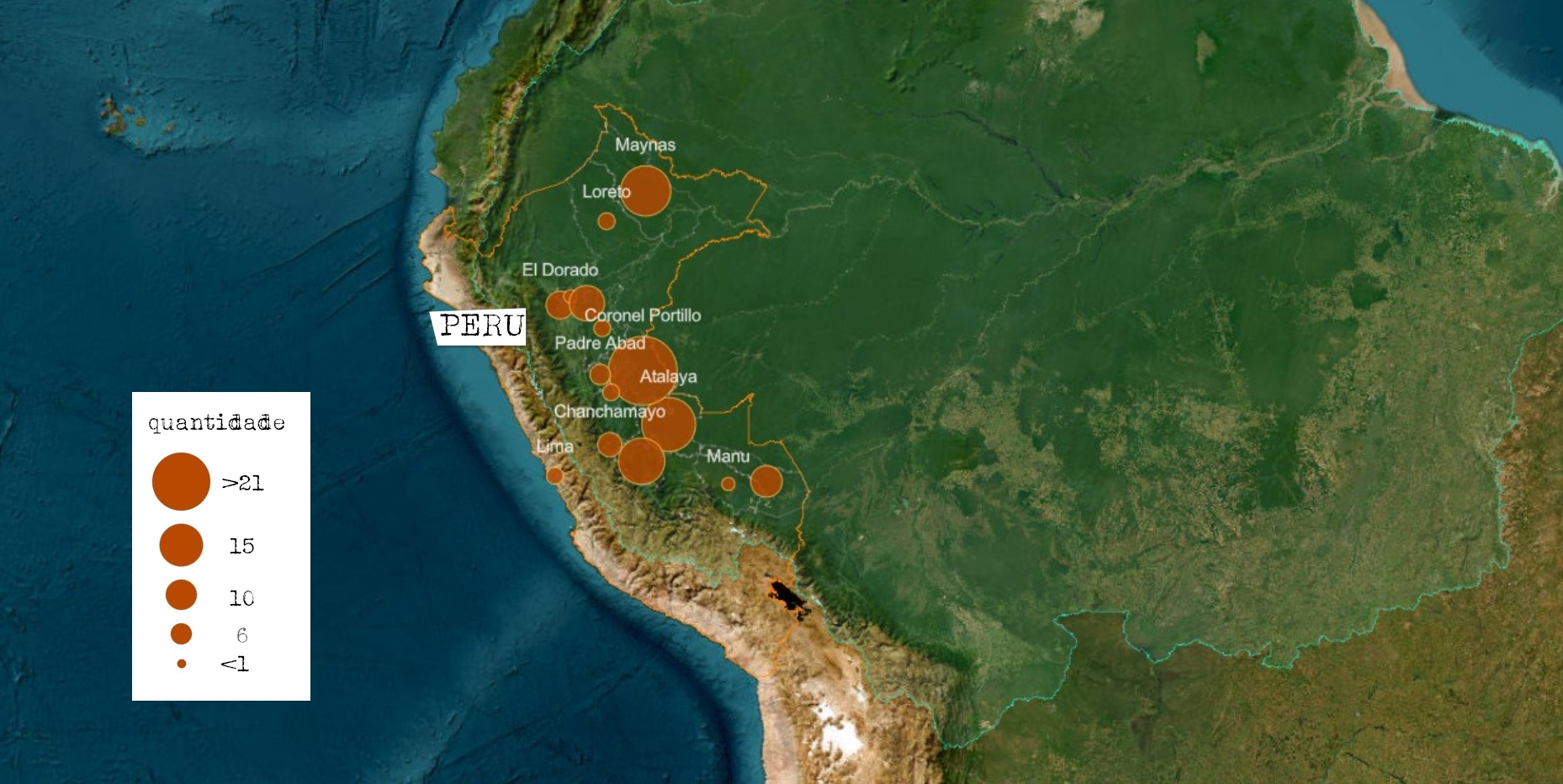
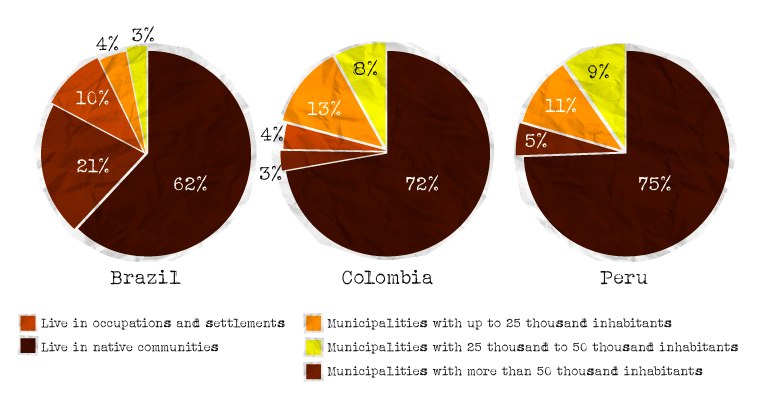 The majority of the interviewees live in rural environments, especially in native communities in Colombia and Peru, and indigenous lands and quilombos in Brazil.
The majority of the interviewees live in rural environments, especially in native communities in Colombia and Peru, and indigenous lands and quilombos in Brazil.
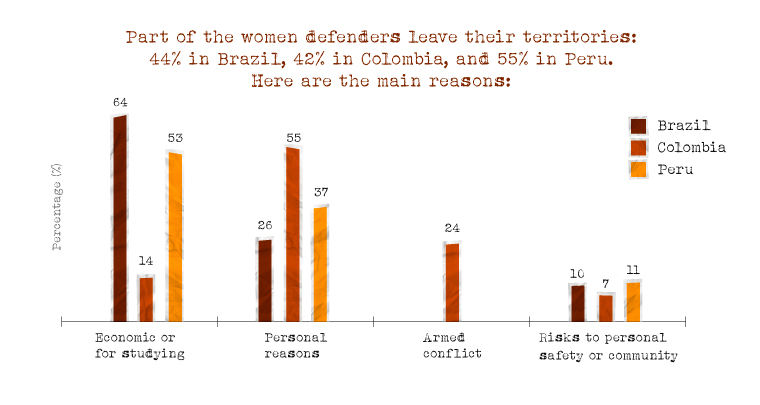 The majority of the defenders leave their homelands due to economic necessity or to pursue further studies. It is noteworthy that there is a high percentage of "personal reasons," which may mask cases of domestic violence. Additionally, the situation in Colombia stands out, where 24% of them left their territories due to armed conflicts.
The majority of the defenders leave their homelands due to economic necessity or to pursue further studies. It is noteworthy that there is a high percentage of "personal reasons," which may mask cases of domestic violence. Additionally, the situation in Colombia stands out, where 24% of them left their territories due to armed conflicts.
 47% of the interviewed defenders experienced some form of violence between 2021 and 2022
47% of the interviewed defenders experienced some form of violence between 2021 and 2022
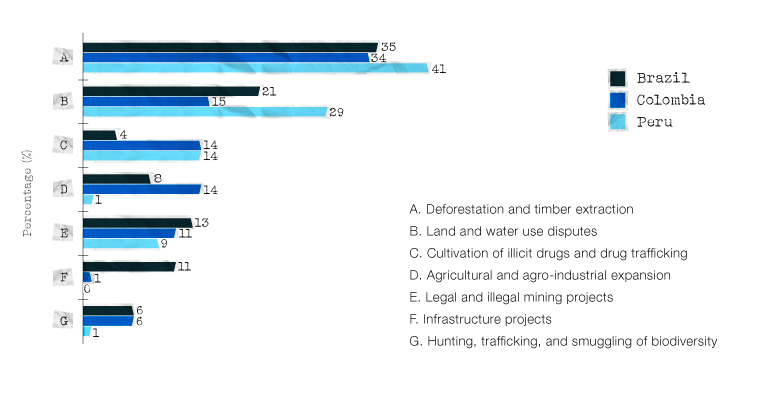 The interviewed women pointed out that the conflicts in their territories are driven by deforestation, infrastructure projects, and the presence of illegal mining in Brazil; deforestation, drug trafficking, and agro-industry in Colombia; and territorial disputes, illegal timber extraction, and deforestation in Peru.
The interviewed women pointed out that the conflicts in their territories are driven by deforestation, infrastructure projects, and the presence of illegal mining in Brazil; deforestation, drug trafficking, and agro-industry in Colombia; and territorial disputes, illegal timber extraction, and deforestation in Peru.
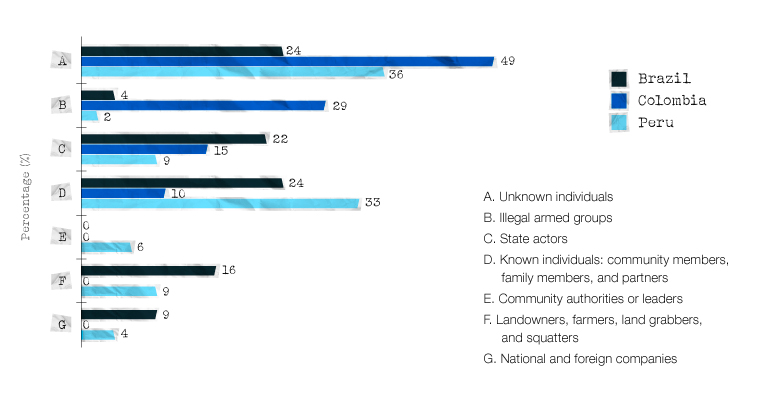 Not always the women who suffer from violence can identify the perpetrators, especially when the violence is ingrained in culture and normalized in their daily lives.The high percentages of responses from the defenders in the three countries pointing to "unknown" individuals, however, suggest tactics of intimidation and silencing by the perpetrators.
Not always the women who suffer from violence can identify the perpetrators, especially when the violence is ingrained in culture and normalized in their daily lives.The high percentages of responses from the defenders in the three countries pointing to "unknown" individuals, however, suggest tactics of intimidation and silencing by the perpetrators.
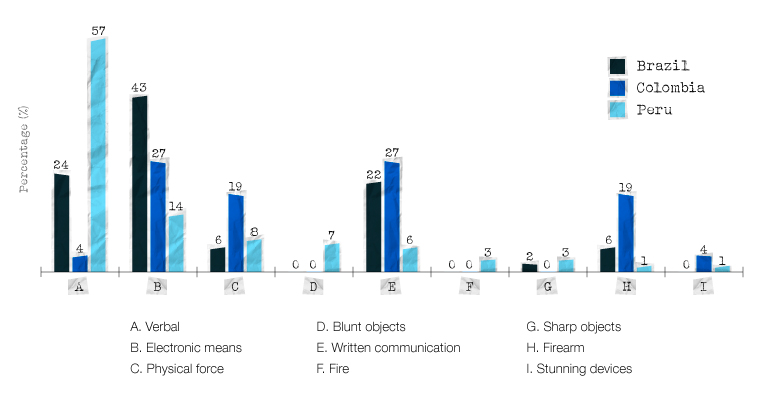 The means used to commit violence against defenders vary according to each country. In Brazil, electronic means, including social media, have become the primary instrument of the perpetrators, while in Peru, verbal violence still prevails. In Colombia, the most used medium is digital and written communication, although the use of firearms and physical violence also stands out.
The means used to commit violence against defenders vary according to each country. In Brazil, electronic means, including social media, have become the primary instrument of the perpetrators, while in Peru, verbal violence still prevails. In Colombia, the most used medium is digital and written communication, although the use of firearms and physical violence also stands out.
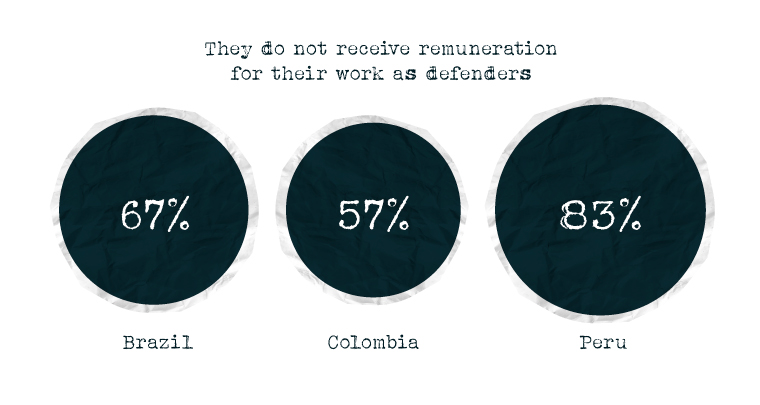 The majority of the women interviewed are not remunerated for their work in defending the forest and the people living there, which adds another layer of violence to their physical and emotional well-being.
The majority of the women interviewed are not remunerated for their work in defending the forest and the people living there, which adds another layer of violence to their physical and emotional well-being.
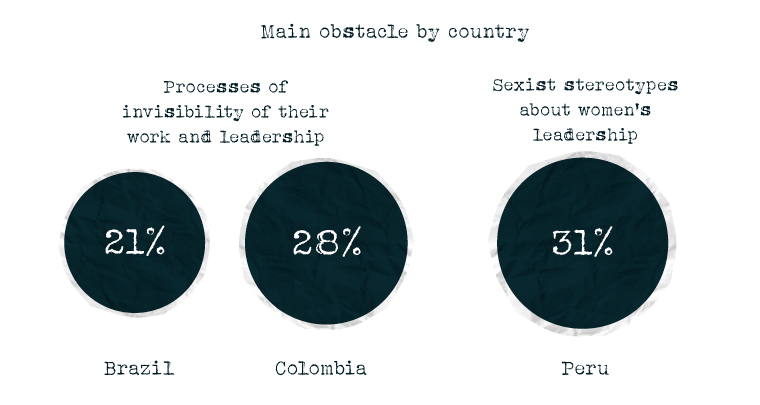 In their responses, the defenders indicate that they face different obstacles to their leadership, but with the common goal of silencing them.
In their responses, the defenders indicate that they face different obstacles to their leadership, but with the common goal of silencing them.

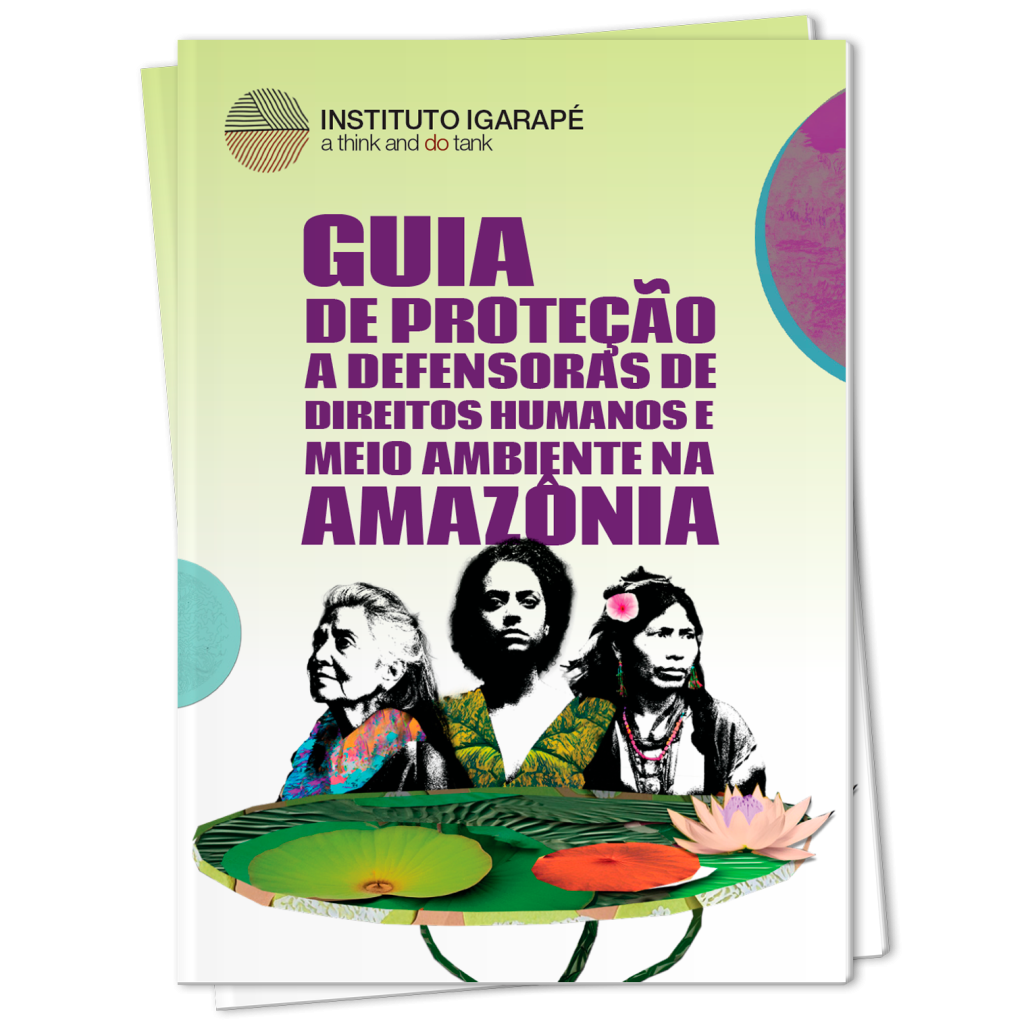

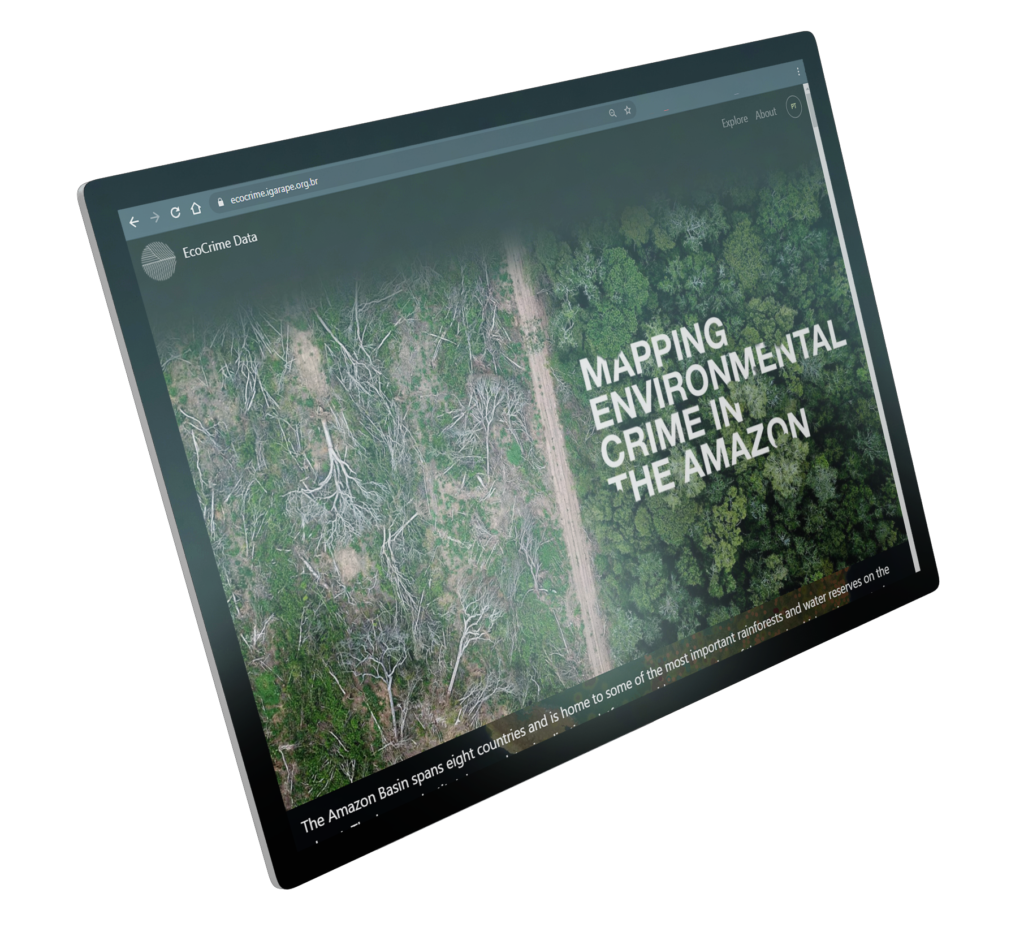
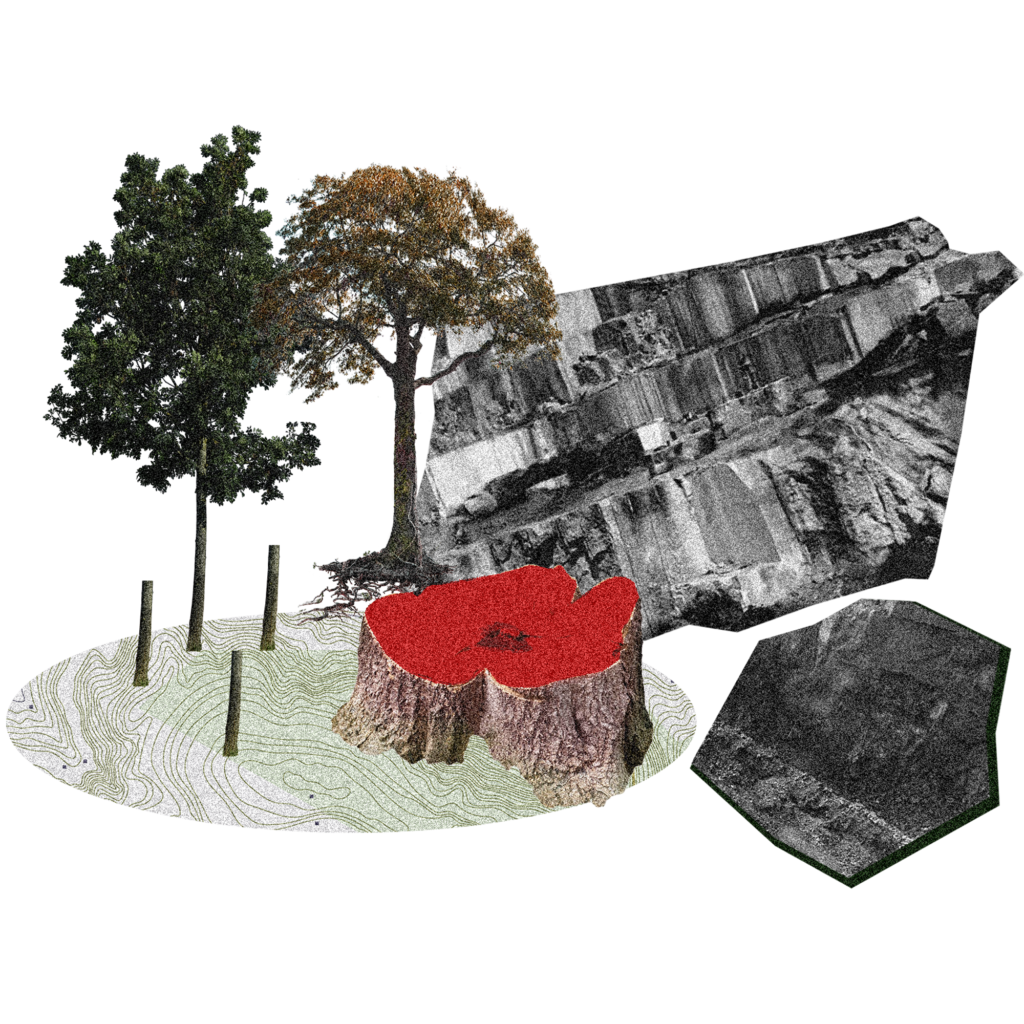

The Igarapé Institute uses cookies and other similar technologies to improve your experience, in accordance with our Privacy Policy and our Terms of Use, and by continuing to browse, you agree to these conditions.

O Instituto Igarapé utiliza cookies e outras tecnologias semelhantes para melhorar a sua experiência, de acordo com a nossa Política de Privacidade e nossos Termos de Uso e, ao continuar navegando, você concorda com essas condições.

